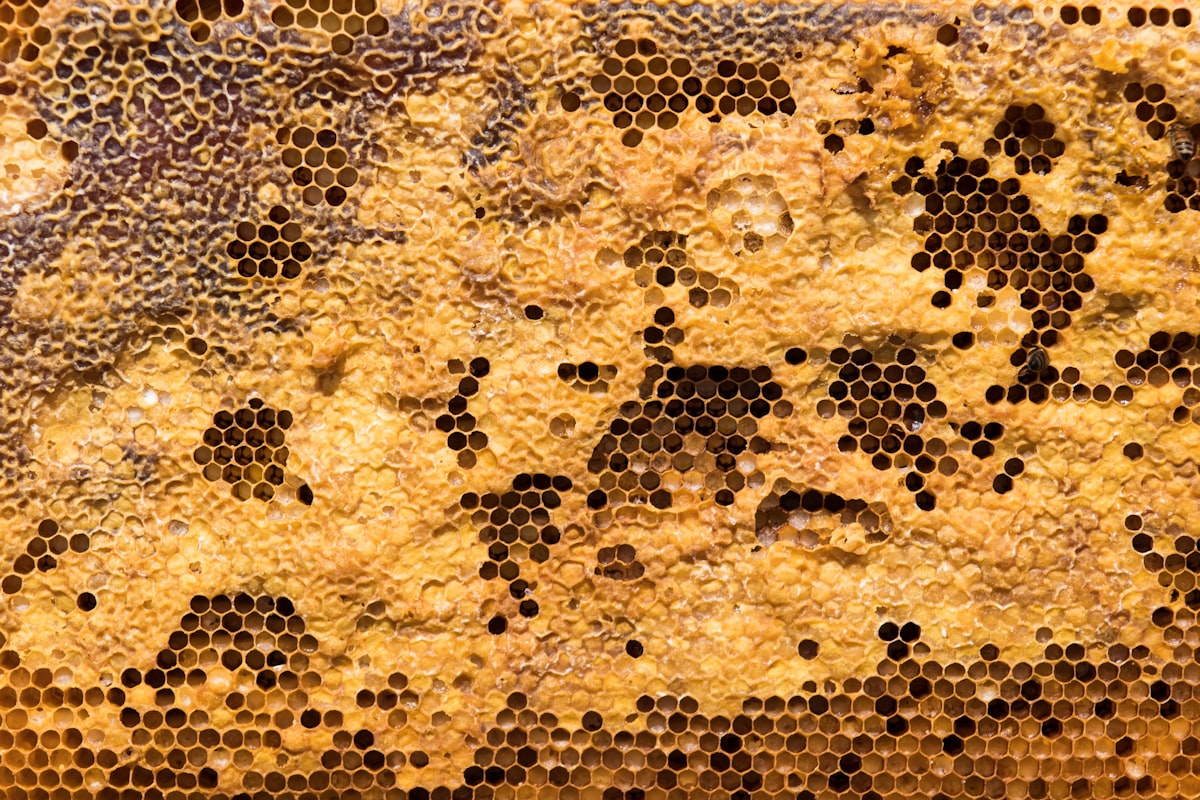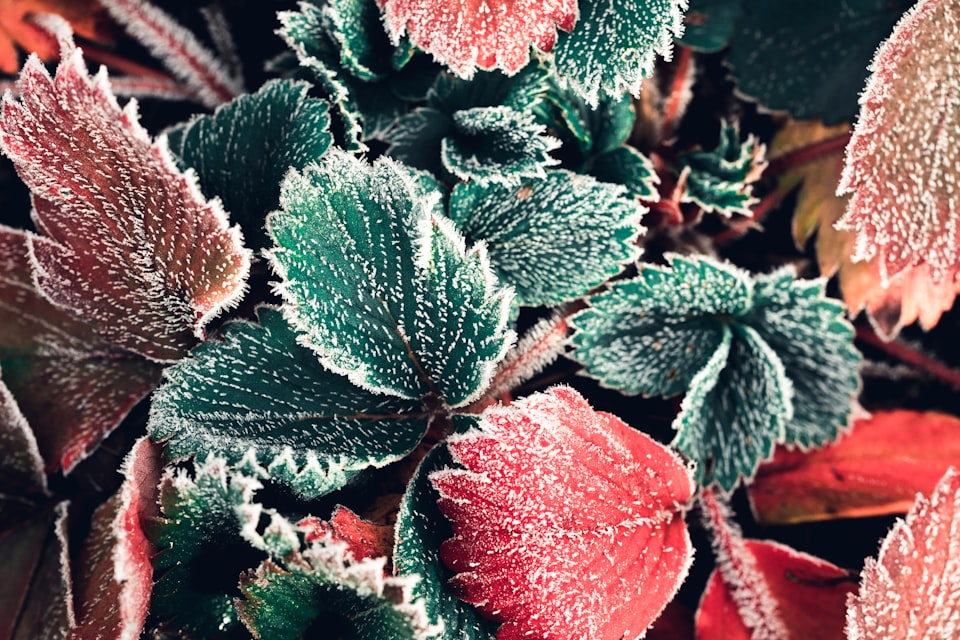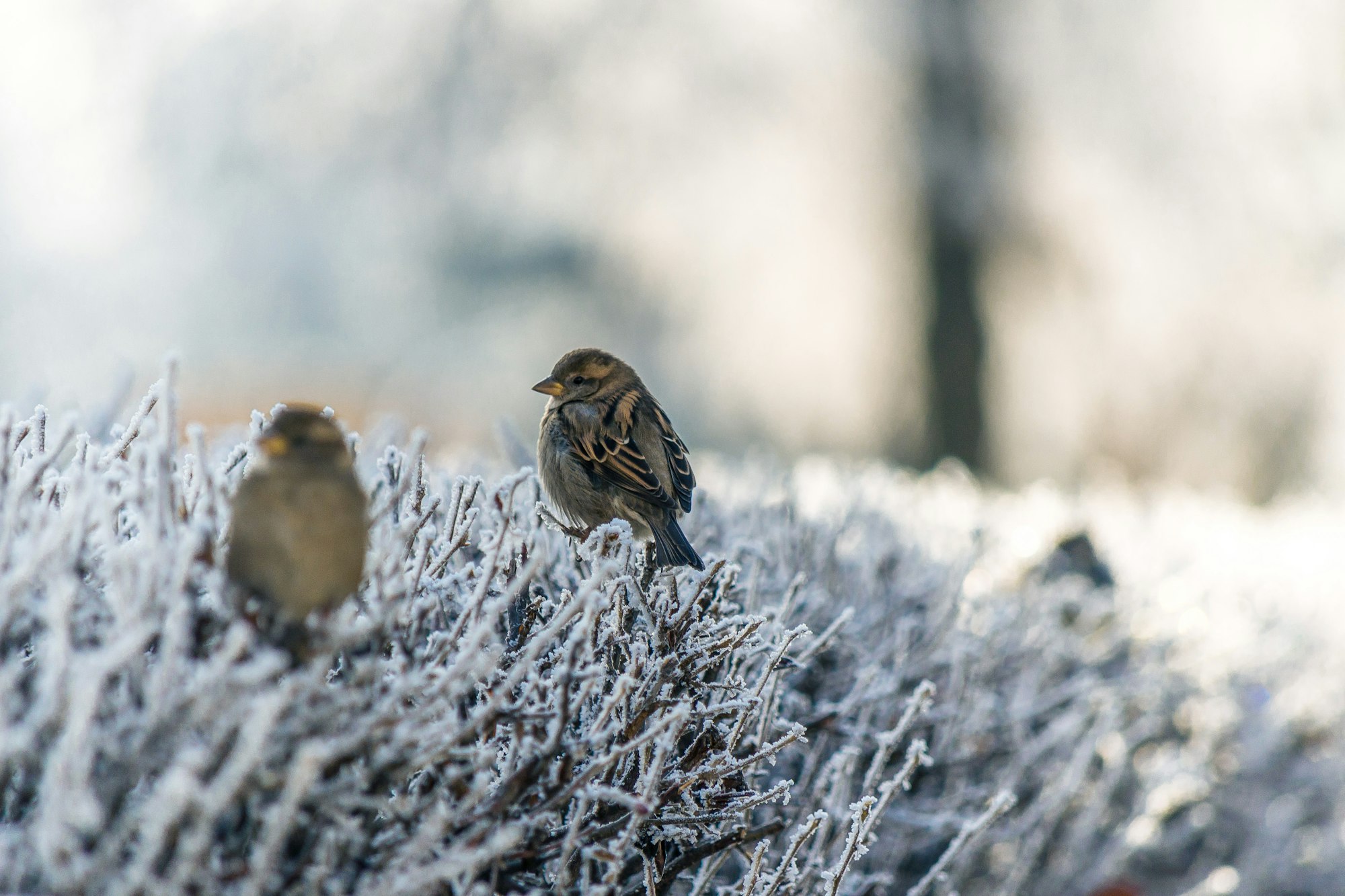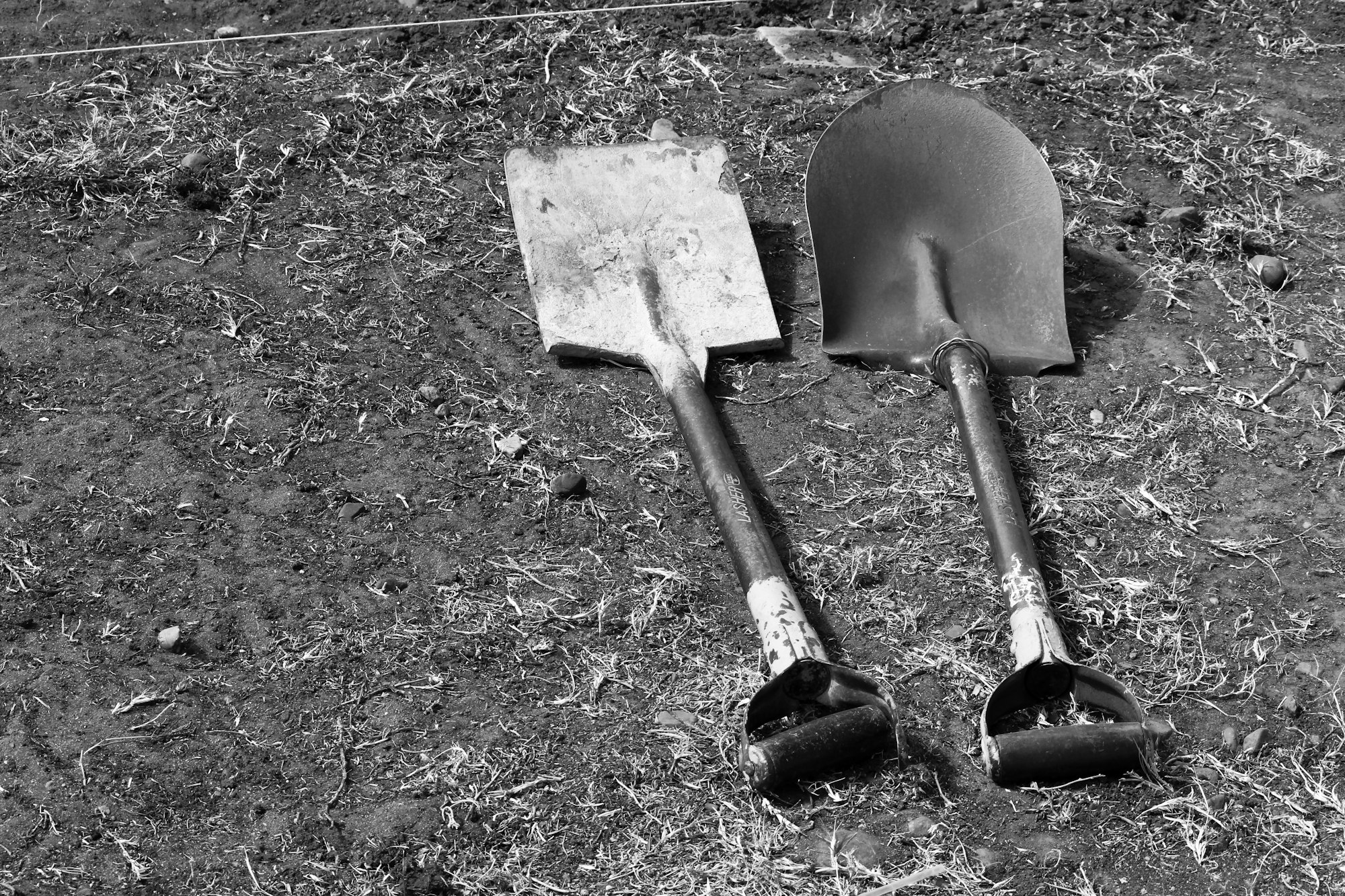I: Wax
The science and story behind lava lamps.

Good morning. Today is primidi, the 11th of Frimaire, Year CCXXXI. We celebrate la cire, an organic substance that handles heat and moisture beautifully.
💡
Wax is made by many living things, not just your ears. Many plants secrete a wax coating on their leaves and stems for protection. Bees, of course, make a wax to waterproof their honey. Sperm whales famously store a wax in their head cavities that was used as oil before underground dino-goo was discovered and industrialized. And sheep have a wax coating called lanolin on their wool that helps it wick misty water away and keep them – or anyone wearing a wool sweater – dry and warm.
Lava lamps don't really have lava in them, of course. If you buy a new one, what's floating around in there is a not-so-carefully guarded secret (it's ferromagnetic fluid), but the original invention from way back in CLXXI (1963) contained a wax compound suspended in oily water.
But the thermodynamics of the wax inside – it loses density when encountering the heat lamp at the bottom, causing it to rise, then cools at the top, causing it to sink – pale in comparison to the stories of those who have manufactured these perennial den ornaments.



